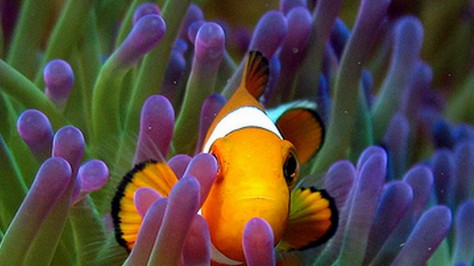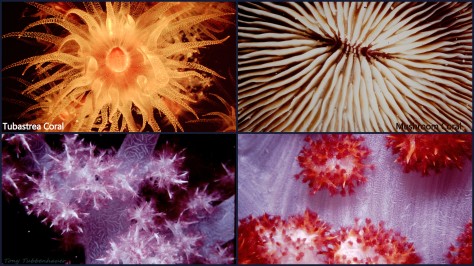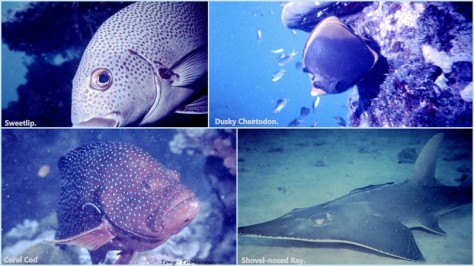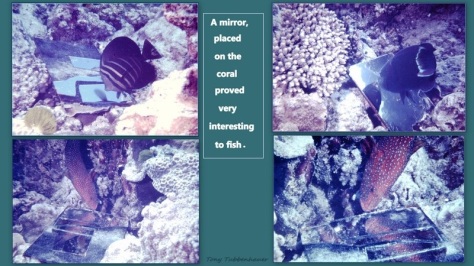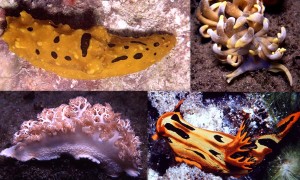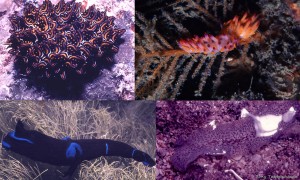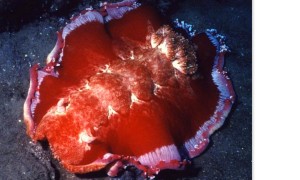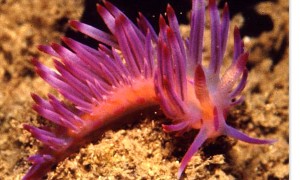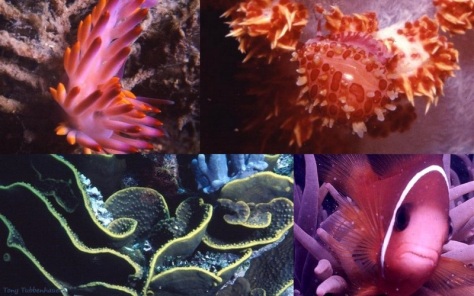When one sees beauty, one cannot but want to foresee its future. But also when one contemplates that beauty, even from distance and considers what it takes for it to exist, one also must be stirred into realizing the importance of preserving it for the future.
The Great Barrier Reef faces many challenges. Its marine parks were set up by those insightful people who saw what was happening in the region and knew that it was important to discourage abuse or misuse. To erode the preservations is to add another challenge to global warming and mining interests that increase traffic and pollution in a sensitive area.
A large proportion of people do not venture beneath its surfaces to see what is there. Those who do are enriched by the life forms who conduct their lives, unseen by the many, but with the innate intelligence of interactions.
There are those who indulge in the ‘sport’ of ‘fishing’. It became popular to think of hooking a fish, jagging and tearing its mouth or internal system with the hook and then ‘letting it go’…..how one is supposed to eat with the injuries not contemplated.
There are so many species beneath the waves…….thanks to Mr. Tony Tubbenhauer’s photos when he was there some time ago, we can catch glimpses of the beauty of some of the undersea dwellers, all going about the business of the lives to which they were born.
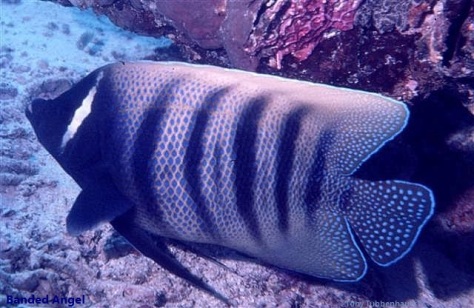

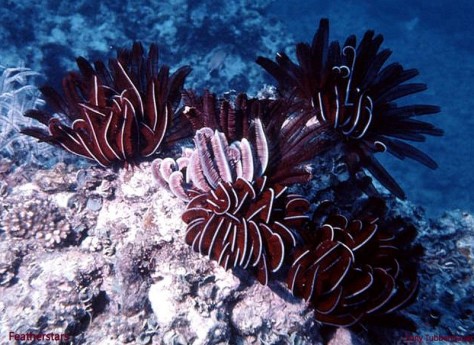
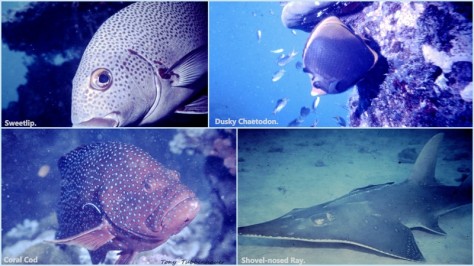
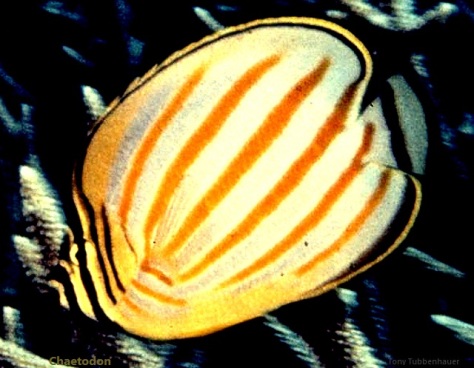
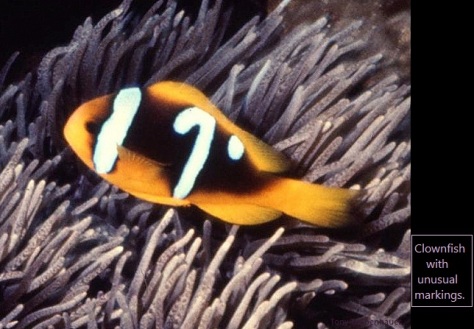


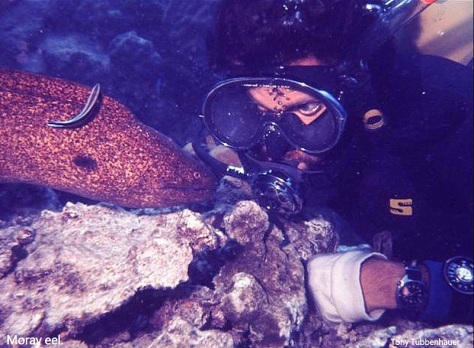
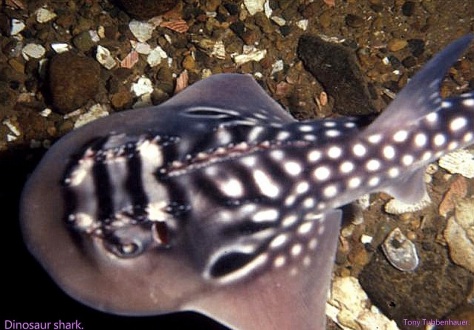

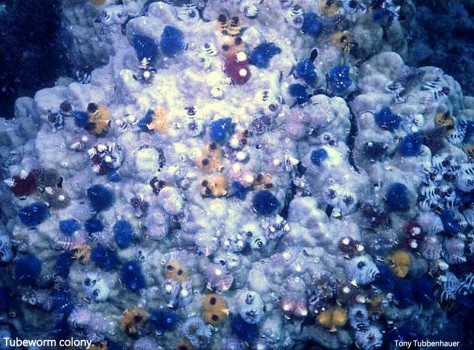
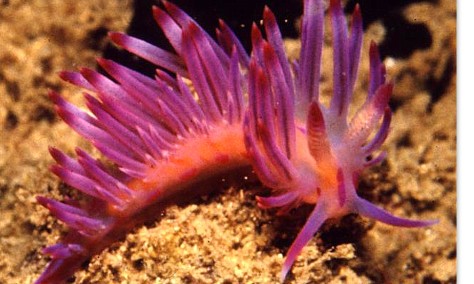

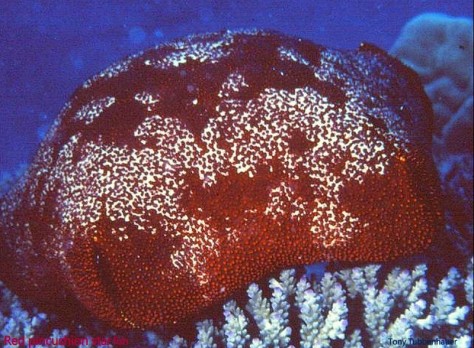

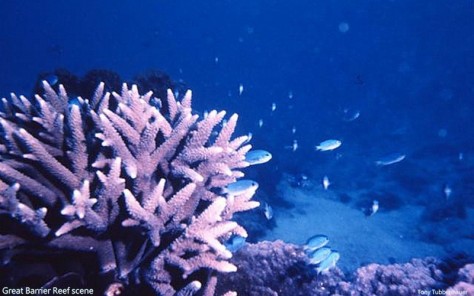
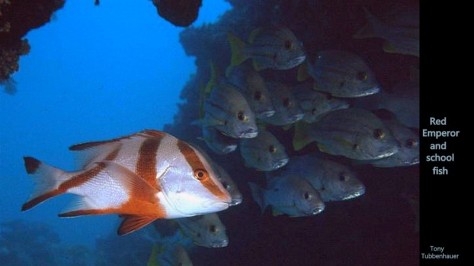
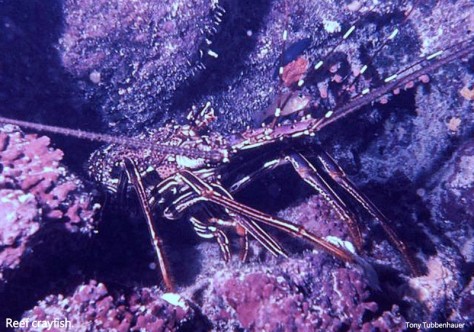
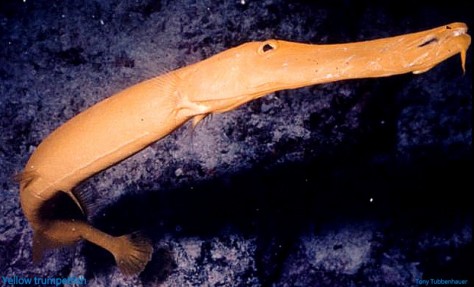

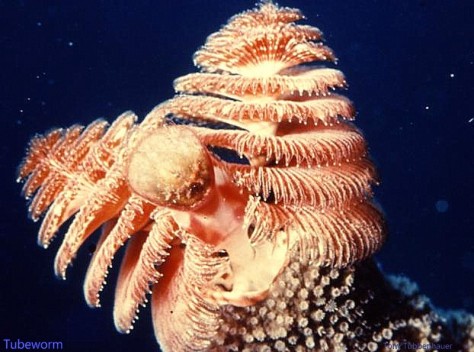
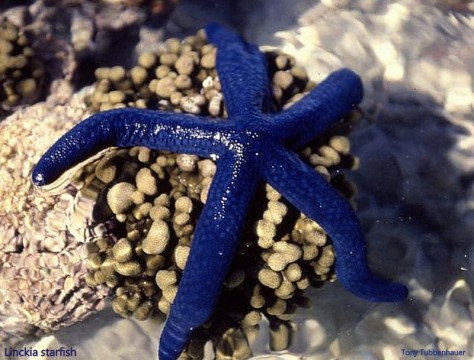

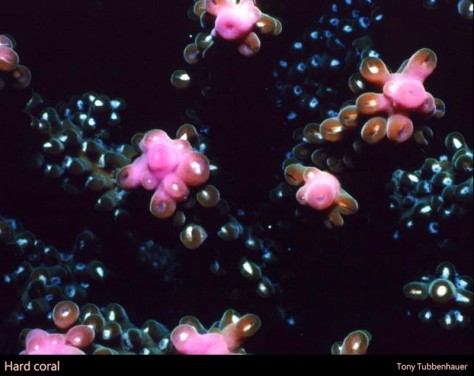

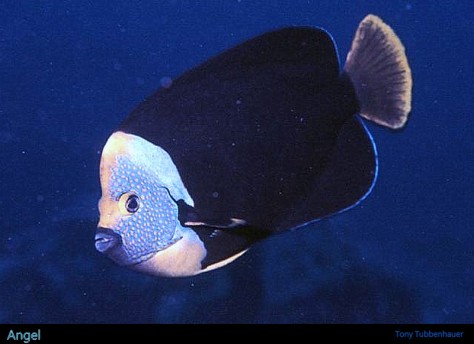
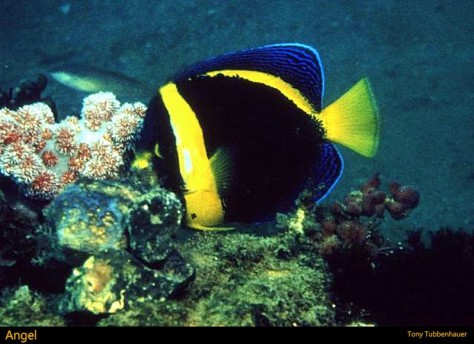
Perhaps the closest some will come to the undersea beauty is this screensaver, a clown fish, or the character Nemo beloved of children in the movie.
The real living beauty of the Great Barrier Reef is all our responsibilities, to ensure that the momentary convenience of monetary matters does not jeopardize the reality. For the Great Barrier Reef is the inheritance of centuries.
